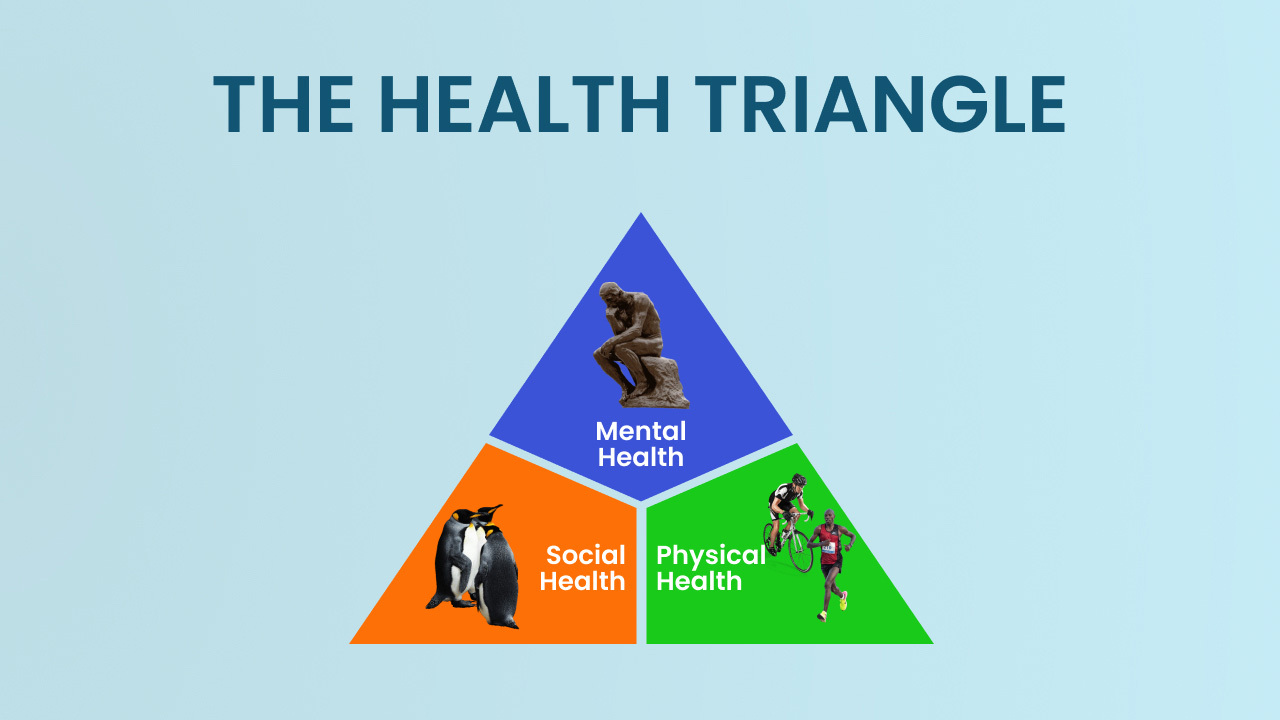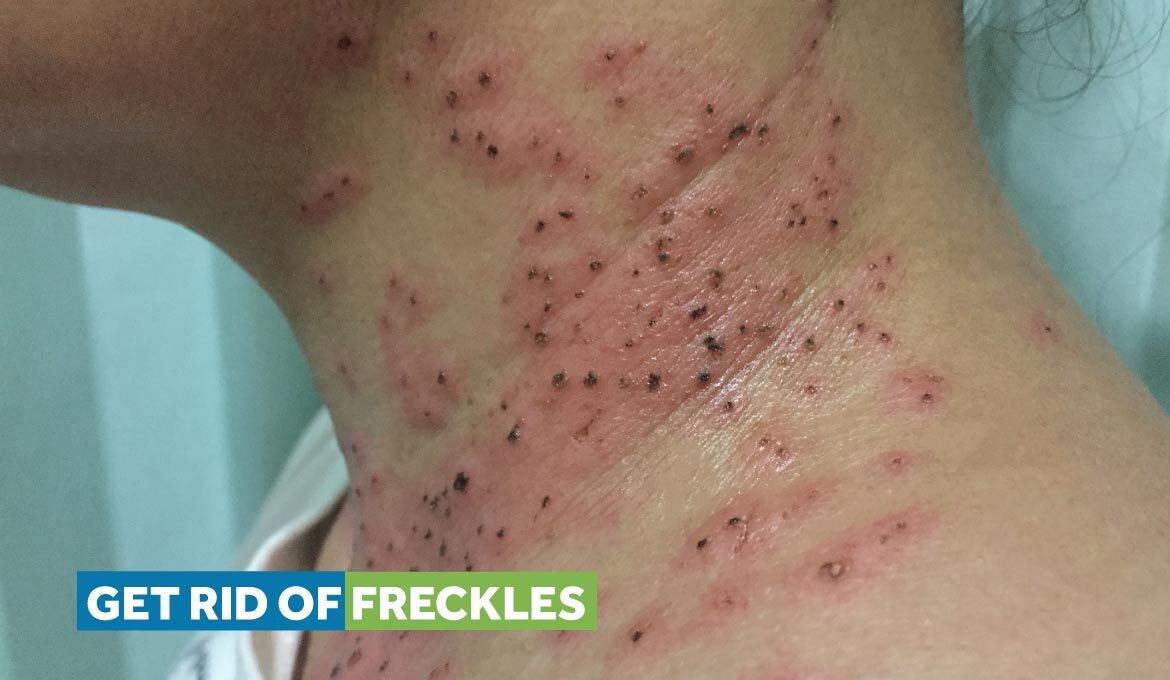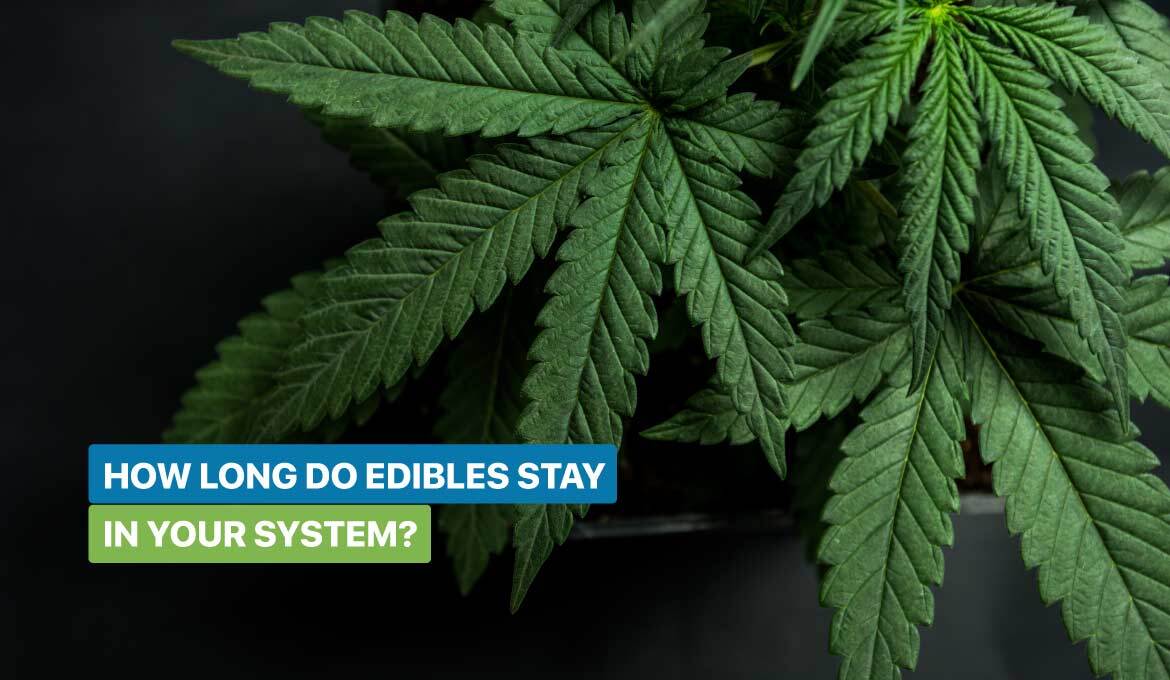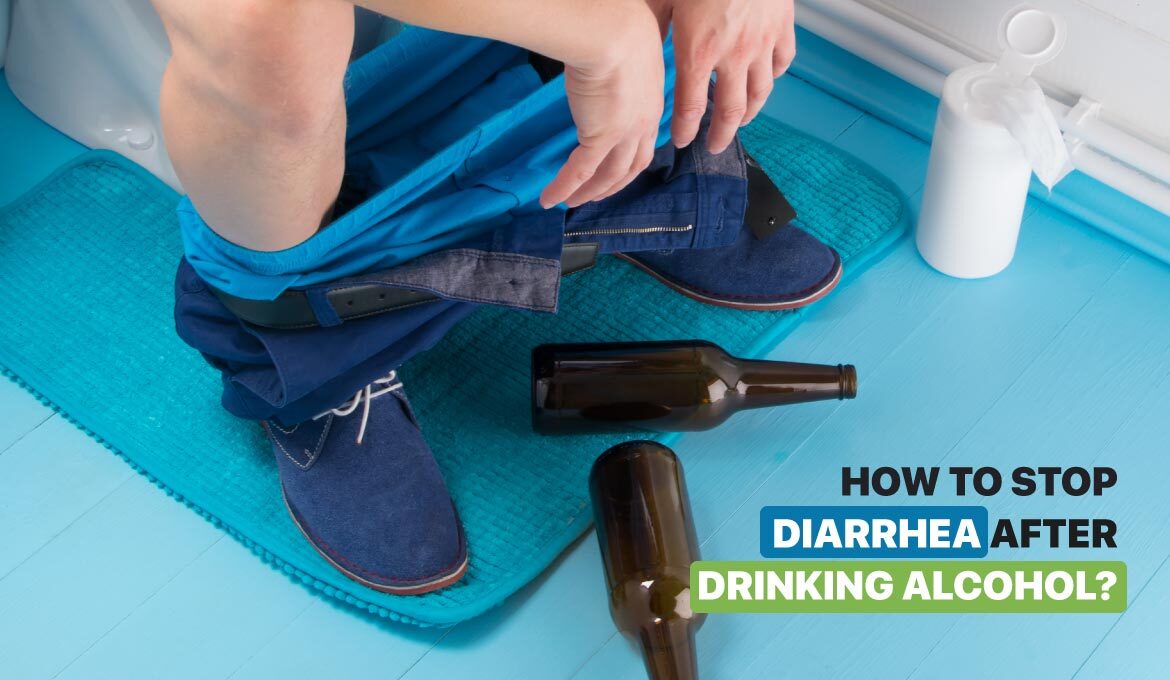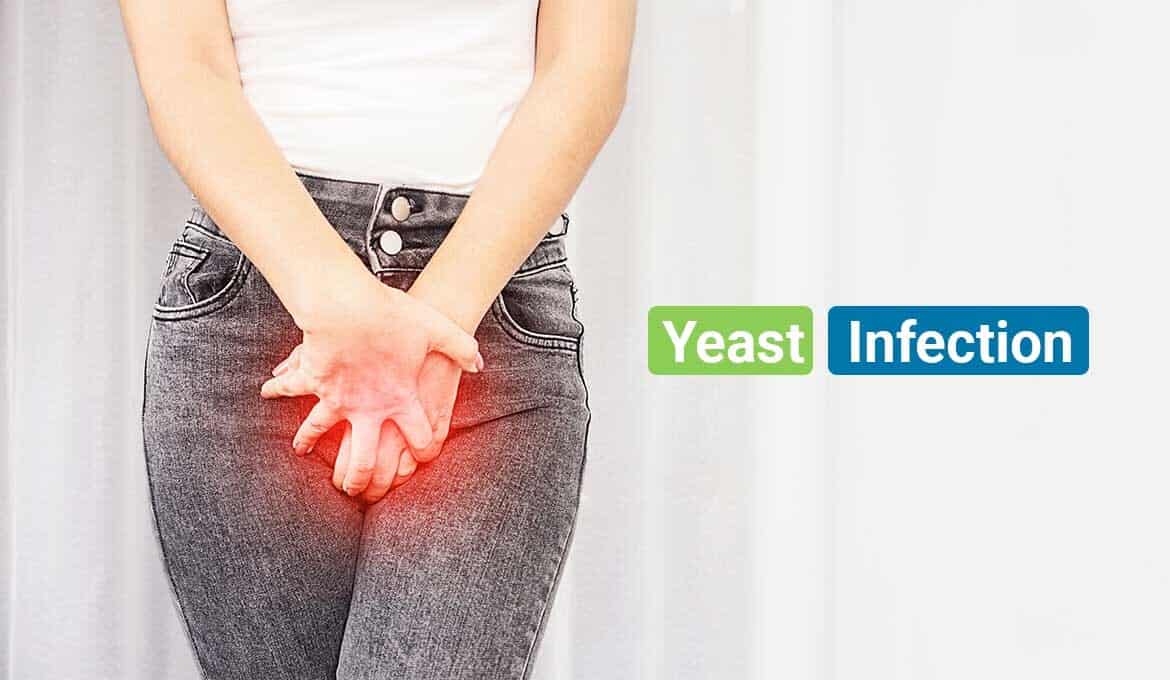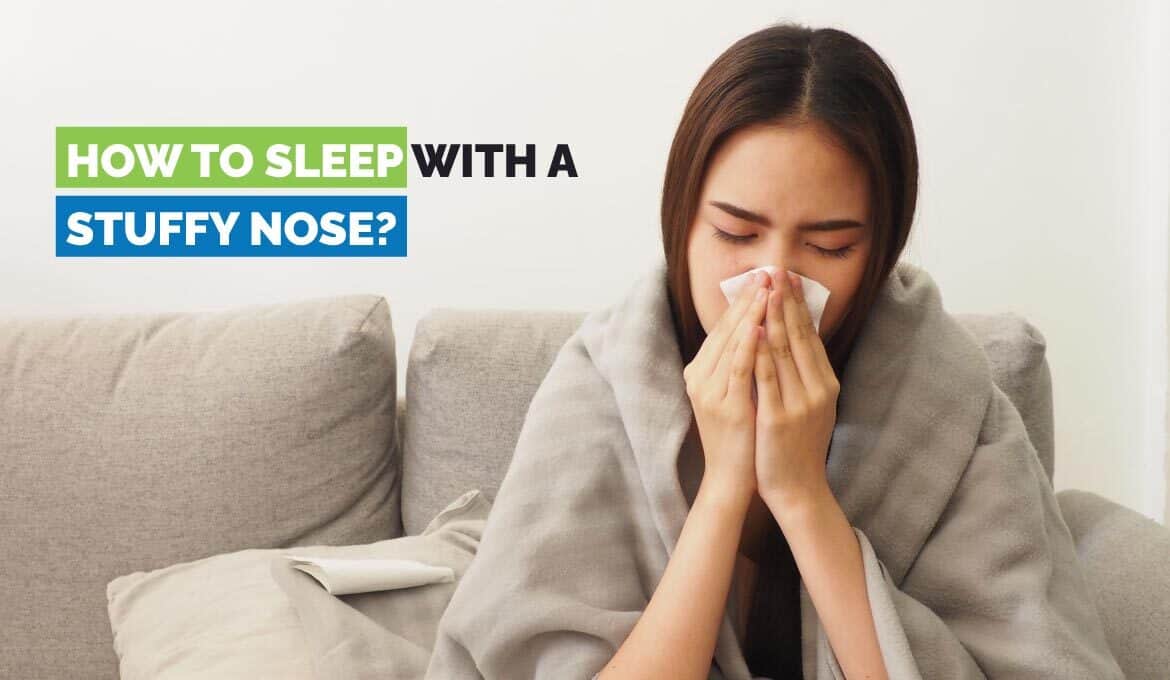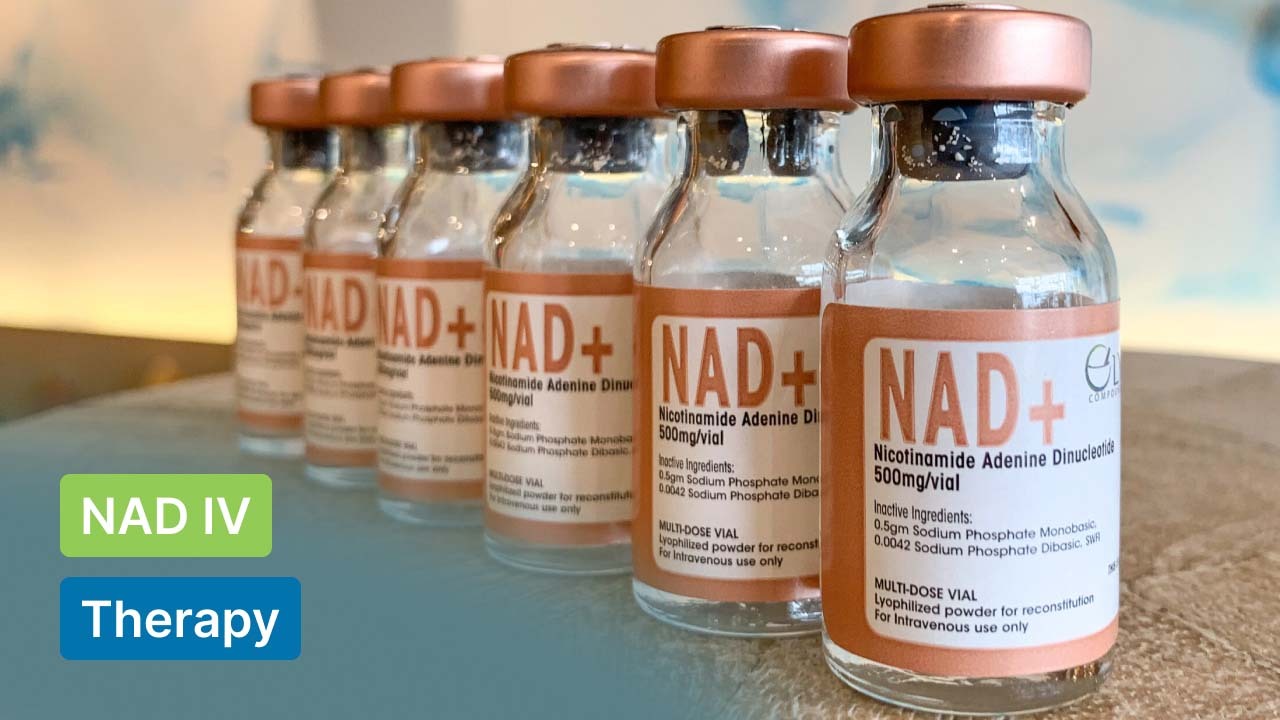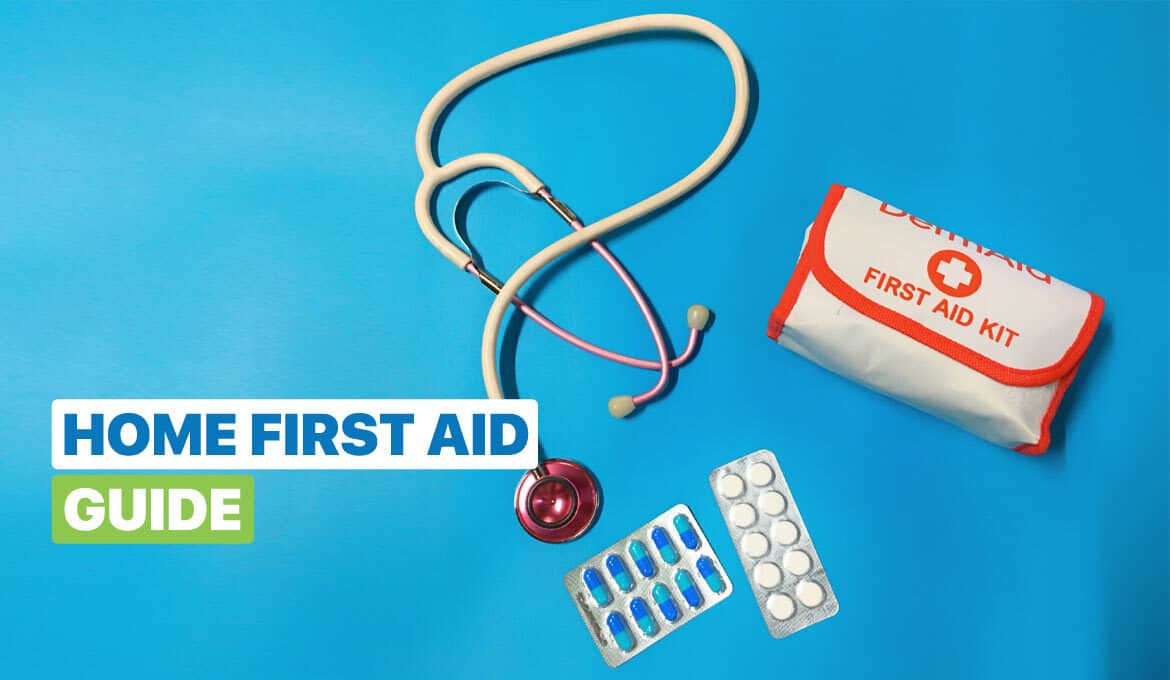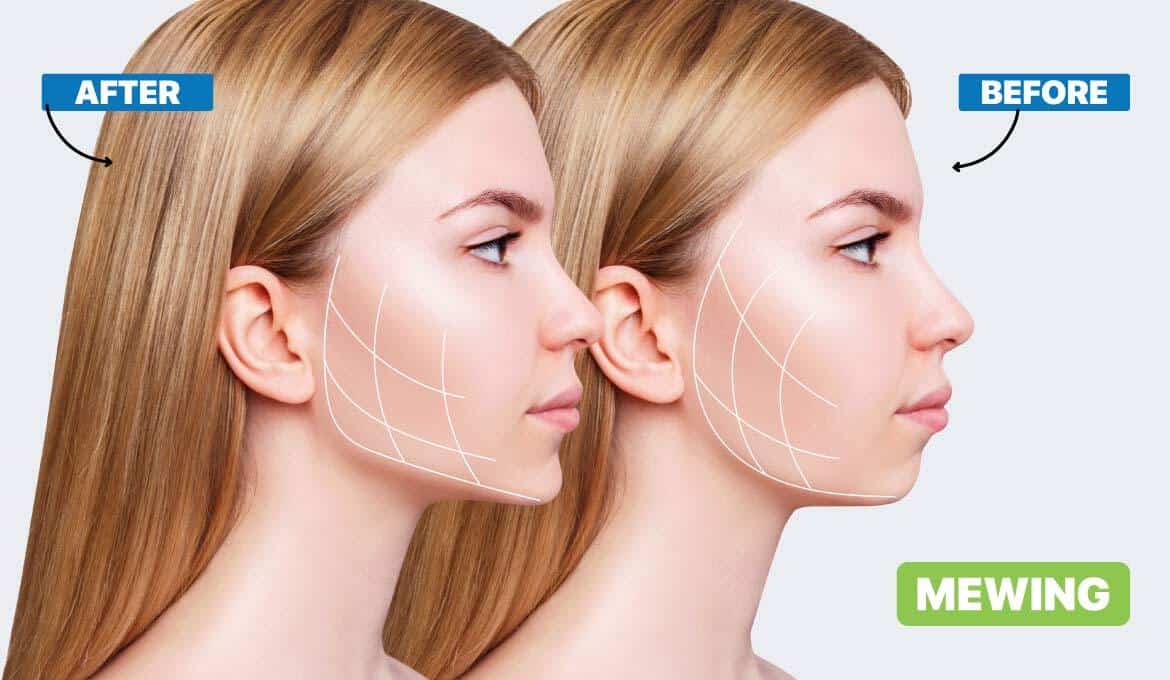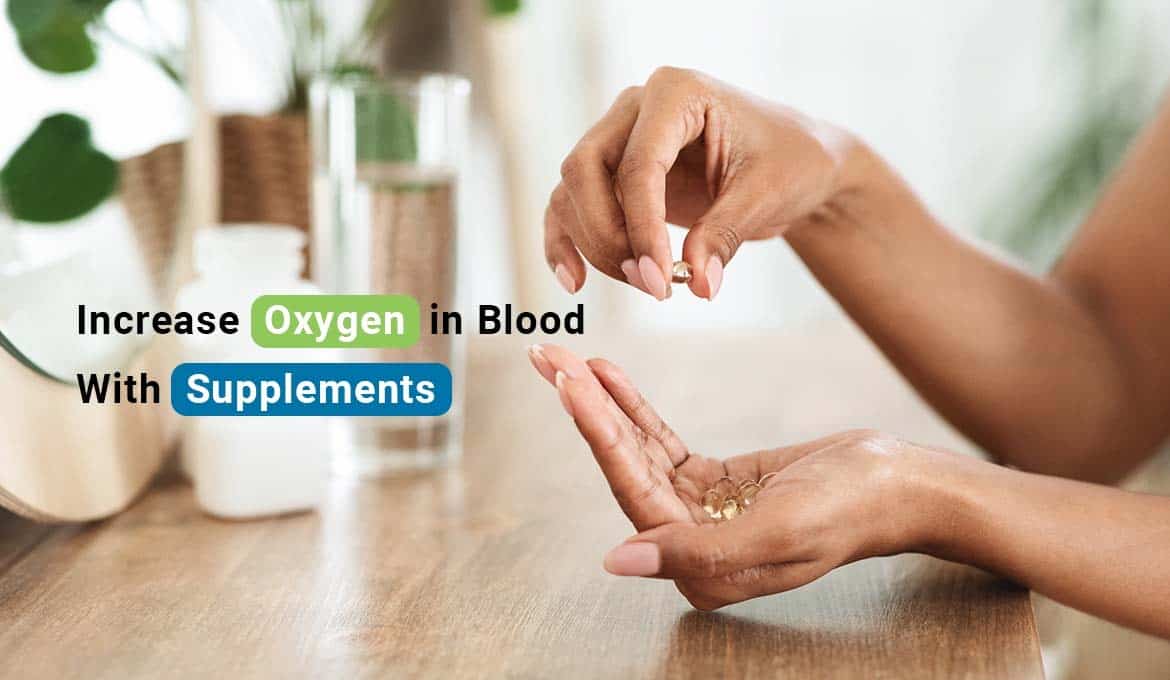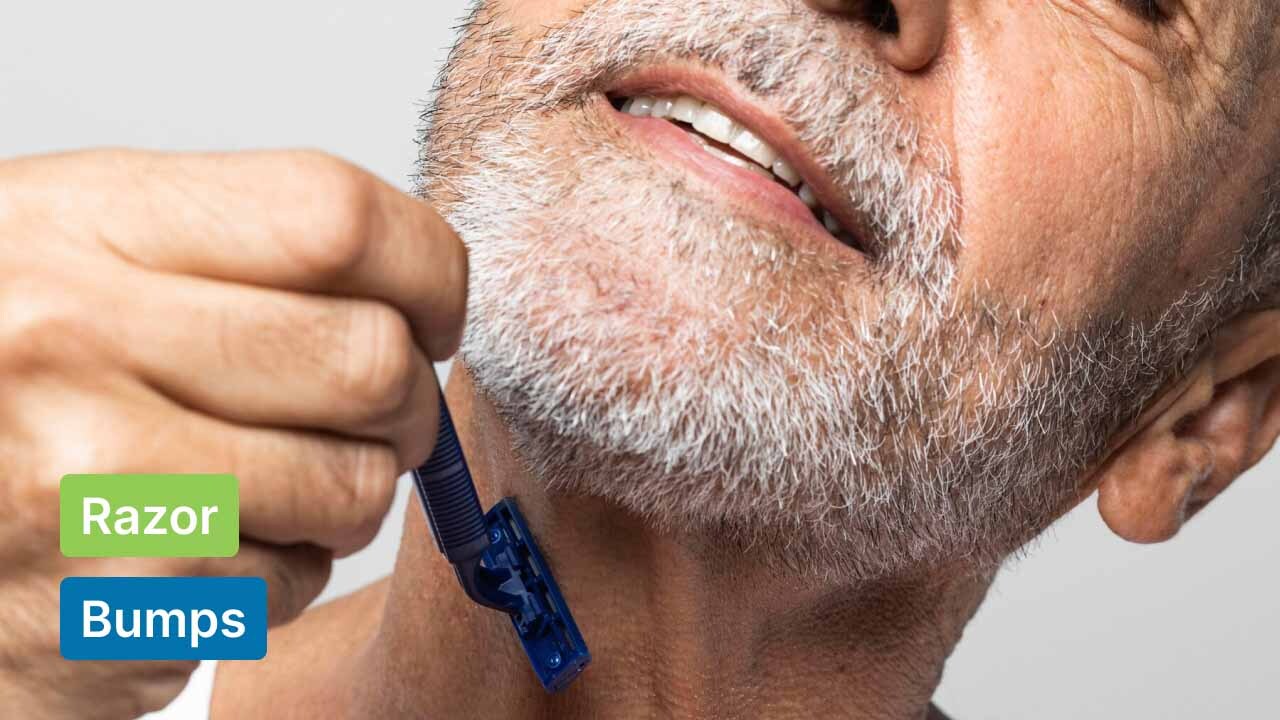
Have you ever shaved and expected smooth skin, only to find irritating bumps instead? We all know how annoying it can be. Razor bumps are simply ingrown hairs that develop due to shaving.
These bumps can permanently damage your skin if left untreated. That's why it's important to address them promptly. The good news is that there are many effective ways to treat existing razor bumps and prevent their recurrence.
Continue reading to learn all you need to know about razor bumps, its causes, and how to treat them. Also, learn effective tips to prevent them.
What are Razor Bumps?
Razor bumps, formally known as pseudofolliculitis barbae, is a persistent irritation or inflammation of the hair follicles and surrounding skin. Razor bumps can come anywhere a person shaves or plucks hair, including the face, head, legs, armpits, and pubic area.
But what causes those itchy tiny lumps on your skin? It might be the way you shave or the product you're using. Or it could be your genetics – curly or coarse hairs are more prone to shave bumps. Whatever the cause, the treatment approach is the same.
Why do you get razor bumps?
The very act of shaving, if not done with care, can contribute greatly to the development of razor bumps. When the razor blade cuts the hair at an angle that is too sharp or too close to the skin, it increases the probability of irritation.
Further, the friction created by poor shaving practices can promote irritation of the hair follicles, causing shave bumps to appear.
Razor Bumps Vs. Razor Burn – Are They Different?
Razor bumps and razor burns are often confused by many people. Whereas the reality is they are found to be two different conditions.
Razor burn is a mild irritant resulting from shaving that appears as redness and discomfort. It is usually temporary and fades shortly after shaving.
Razor bumps, on the other hand, are irritated ingrown hairs that form small, raised bumps. They last longer and may result in scarring and infection if not treated.
Ingrown hairs are particularly common in those with coarse or curly hair. Symptoms may include red pimples, swelling, a rash, and itching.
Ingrown hairs may trigger hair follicles to become infected, a condition known as folliculitis. It is extremely common, affecting around 60% of African-American men and adults with curly hair.
How long do razor bumps last?
Unlike razor burns, which show up shortly after shaving, razor bumps take days to appear. They additionally require longer to heal and may leave scars.
Usually, razor bumps tend to go away on their own within two to three weeks, of course, with proper skincare. However, some people get it every time they shave.
You May Also Like: Factors That Cause Tiny White Bumps On Lips
How to Get Rid of Razor Bumps?
Dealing with razor bumps can sometimes be frustrating. Honestly speaking, nothing can make these bumps go away overnight, but various tips and approaches may help reduce them at your home.
1. Stop shaving
The first and most obvious thing is to take a pause and stop shaving for the time being. This will allow razor bumps to fade over time.
As stated by the American Academy of Dermatology, new razor bumps may develop after shaving for sometimes when new hairs form. Regardless of the cause, your bumps should go away in two to three months.
2. Apply aloe vera
Aloe vera gel is the king of skincare and haircare. It is extracted from the aloe vera plant and is widely used for treating burns, cuts, and rashes.
Certain enzymes found in the aloe vera plant have been demonstrated in studies to help minimize inflammation when applied to the affected skin.
Given its antibacterial characteristics, it is particularly known for its soothing and healing benefits on razor bumps. Aloe vera may also act as a moisturizer and anti-inflammatory agent, alleviating itchiness, swelling, and redness.
Simply apply the aloe vera gel onto the affected or sensitive area and wash it off after 20 minutes.
3. Use baking soda
Baking soda, also known as sodium bicarbonate, is a natural salt essentially used in baking. What’s more, it is also a popular alternative treatment for a wide range of conditions, including razor bumps.
Mix one tablespoon of baking soda with one cup of lukewarm water to make a sticky paste. Gently apply it to the skin and leave it for 20-30 minutes. Once it dries, rinse it off with warm water. Repeat twice a day for up to two weeks until the razor bumps fade completely.
4. Apply coconut oil
Numerous natural oils, mainly coconut oils, are used to soften and nourish the skin, which may relieve itchy and burning sensations.
Moreover, studies have proven that coconut oil is a safe and efficient technique for treating burns. According to researchers, coconut oil is thought to have anti-inflammatory and antimicrobial qualities. You also use Vitamin-E oils to heal skin rashes.
Apply a layer of coconut oil to the affected area to treat your razor bumps or burns. Repeat it twice every day.
5. Try salicylic acid
Salicylic acid (beta-hydroxy acid) helps razor bumps heal by clearing out clogged pores, shedding off dead skin cells, and relieving inflammation.
According to AAD, salicylic acid is also helpful in the treatment of acne, making it an ideal option for people who have both ingrown hairs and acne. Salicylic can be found in several cosmetics, such as cleansers, lotions, creams, and serums.
6. Use glycolic acid
Glycolic acid, an alpha hydroxy acid, works similarly to salicylic acid by promoting skin exfoliation and removing dead skin cells. It works to diminish hair curvature, lowering the probability of hair re-entering the skin.
Glycolic acid solutions can efficiently reduce shave bumps by increasing the skin's natural shedding process, leaving the skin smoother and healthier.
7. Exfoliants
If you have ingrown hairs, consider exfoliating with OTC skincare products containing glycolic acid and salicylic acid.
Exfoliating products keep dead skin cells from clogging hair follicles. This helps in keeping them open and minimizes the chances of newly grown hair getting trapped after shaving.
However, some people have experienced irritation on existing razor bumps after using exfoliating products. So, if you feel the same, stop exfoliating.
8. Benzoyl Peroxide
Benzoyl peroxide is another effective chemical that is widely used in skincare, particularly acne treatment.
This product destroys germs and dead skin cells that can clog your pores and cause ingrown hairs. Benzoyl peroxide for razor bumps can also help to dry up damaged areas of skin and minimize discoloration.
It comes in different OTC forms such as gel, cream, or cleanser.
9. Brush your skin
You can also use a soft bristle brush or skincare brush to get rid of those bumps. Brushing helps remove the debris and dead skin cells that clog the pores and guide hairs out of the pores to prevent them from becoming trapped.
Moreover, brushing may help train the hair to grow in one direction, reducing the possibility of ingrown hairs.
10. Use a warm cloth
Applying warm compresses to the affected areas can provide relief from razor bumps. The warmth promotes the growth of ingrown hairs, soothes sensitive skin, and opens pores.
To treat the affected areas, just soak a clean cloth in warm water and apply it for a few minutes both before and after shaving.
11. Switch to another hair removal method
Regardless of where the razor bumps are, you need to stop shaving the area for a while. Shaving will only make things worse.
Instead, you can use an electric shaver as it will not damage the surface of your skin. It will prevent further aggravation when it is at its most sensitive.
You may consider waxing, depilatory lotions, and laser hair removal as other alternatives.
12. Lastly, keep moisturizing
Apply a fragrance-free moisturizing cream like CeraVe on a regular basis to avoid skin dryness. Choose a moisturizer that contains glycolic acid or salicylic for best results.
Shaving Tips to Prevent Razor Bumps
If you don't take preventative measures to avoid razor bumps, you will find yourself trapped in a vicious cycle. If you continue to shave over irritated skin, it will only get worse.
Follow the tips below to reduce your risk of future razor bumps and have a smooth shaving experience:
i) First things first, exfoliate before shaving.
Many people skip this step before shaving. Exfoliating is very important to remove dead skin cells. It also gives your razor a much smoother surface to slide across for a more comfortable shave.
Furthermore, gently applying a chemical exfoliant dissolves dead skin, neutralizes bacteria, and deflates bumps, all of which encourage detained hairs to release the pores they are locked in.
ii) Use the right and sharp blade.
Make sure to use a sharp razor blade. This is because shaving with a sharp razor blade prevents nicks, rashes, and burns. If your blade feels uncomfortable on your skin or pulls at your body hair, it's about time to replace it.
Another important thing to consider to prevent bumps is using a razor that has 2-3 blades. This is because the blades are closer together on the razor head, making it easier to slide over your skin.
More blades also allow for a closer shave in fewer strokes, which minimizes irritation. Also, avoid pressing too hard on the skin.
iii) Hydrate before and after you shave.
It is best to hydrate and disinfect the skin shortly after shaving.
Splash on cold water to tighten the skin and close up the pores. Then, after shaving, use a soothing moisturizer to relieve those rashes.
iv) Lather up with shaving foam or cream before shaving.
Use a high-quality shaving cream or gel that is suitable to your skin type. Look for products that offer sufficient lubrication and hydration.
Avoid alcohol-containing products since they might dry out the skin, leaving it more prone to irritation.
v) Shave in the direction of hair growth.
This is another essential factor to consider when shaving, especially if you have sensitive skin. It is advised to shave exclusively in the direction of the hair growth in order to avoid irritation.
Also, take your time and shave in gentle and consistent strokes.
vi) Moisturize after shaving
Moisturizing is key! After shaving, apply a moisturizer, be it in the form of lotion or oil, to retain moisture and provide an extra layer of protection against razor bumps as well as burns.
Make sure the moisturizing products you use are alcohol-free. You may use coconut oil, almond oil, or your favorite moisturizer.
vii) Never dry shave
Shaving dry skin will only elevate irritation. Hence, you must shave only when the skin is wet, either during or right after a hot shower.
As an alternative, you may place a warm and damp cloth on the area for 10 minutes before shaving to avoid razor bumps.
vii) Warm compress
Razor bumps may go away with the application of warm compresses to the afflicted areas. The warmth promotes the growth of ingrown hairs, soothes sensitive skin, and opens pores.
To avoid ingrown hairs, just soak a clean cloth in warm water and apply it for a few minutes both before and after shaving.
How to Get Rid of Razor Bumps on the Pubic Area?
We all know the skin around the pubic area is highly sensitive. Hence, we should be cautious when shaving down there. The skin around the pubic region is prone to irritation and burns for a number of reasons.
The groin area is prone to high moisture and chafing, both of which can cause skin irritation. This is particularly harmful in summertime (warmer weather).
This region's hair is thicker, curlier, and coarser than other body hair, making it more susceptible to growing inward.
Further, shaving your pubic hair most often can cause skin irritation. As a result, you must be careful while shaving down there to avoid razor rashes.
When to See a Doctor?
If the home remedies listed above do not work and the razor bumps continue to worsen, it is time to contact a dermatologist or a doctor. They may advise you to use prescription skin care products and other medications.
Final words
To sum up, razor bumps occur when the hairs become ingrown due to shaving or plucking. To avoid further skin damage and infection, it is advised to treat and prevent them consistently.
Try out all the above razor bump treatments, products, and methods to see what suits your skin type!
Most cases of razor bumps normally resolve in a matter of days, when given proper care. Try to take a few days off from shaving and allow your skin to heal.
If you don’t see any changes, feel free to contact your nearby dermatologist.
FAQs
1. What is the main cause of razor bumps?
Ans: The major cause of razor bumps is due to improper shaving. It is developed by friction from the razor and ingrown hair.
2. How to get rid of razor bumps fast?
Ans: The best way to get rid of razor bumps is to stop shaving. The bumps will not disappear at once, but new bumps will stop developing as the hair grows.
3. Can coconut oil prevent razor bumps?
Ans: Yes. Using coconut oil after shaving is the best way to prevent razor bumps and make your skin smooth and happy. It acts as a moisturizer and is regarded as the best and most widely available ingredient in this regard.
4. How do you get rid of razor bumps on your pubic area overnight?
Ans: You can treat your razor bumps using aloe vera, applying ice compresses, and taking a break from shaving until it resolves.
5. Does putting Vaseline on razor bumps help?
Ans: Yes. Vaseline can be helpful in treating razor bumps due to its moisturizing properties. It may help soothe the skin and minimize irritation and redness. The best time to apply is after shaving.
6. How long do razor bumps take to go away?
Ans: Razor bumps usually last for two to three weeks after shaving if given proper skin care and treatment. However, severe cases may go on for months.
Read Also:

















